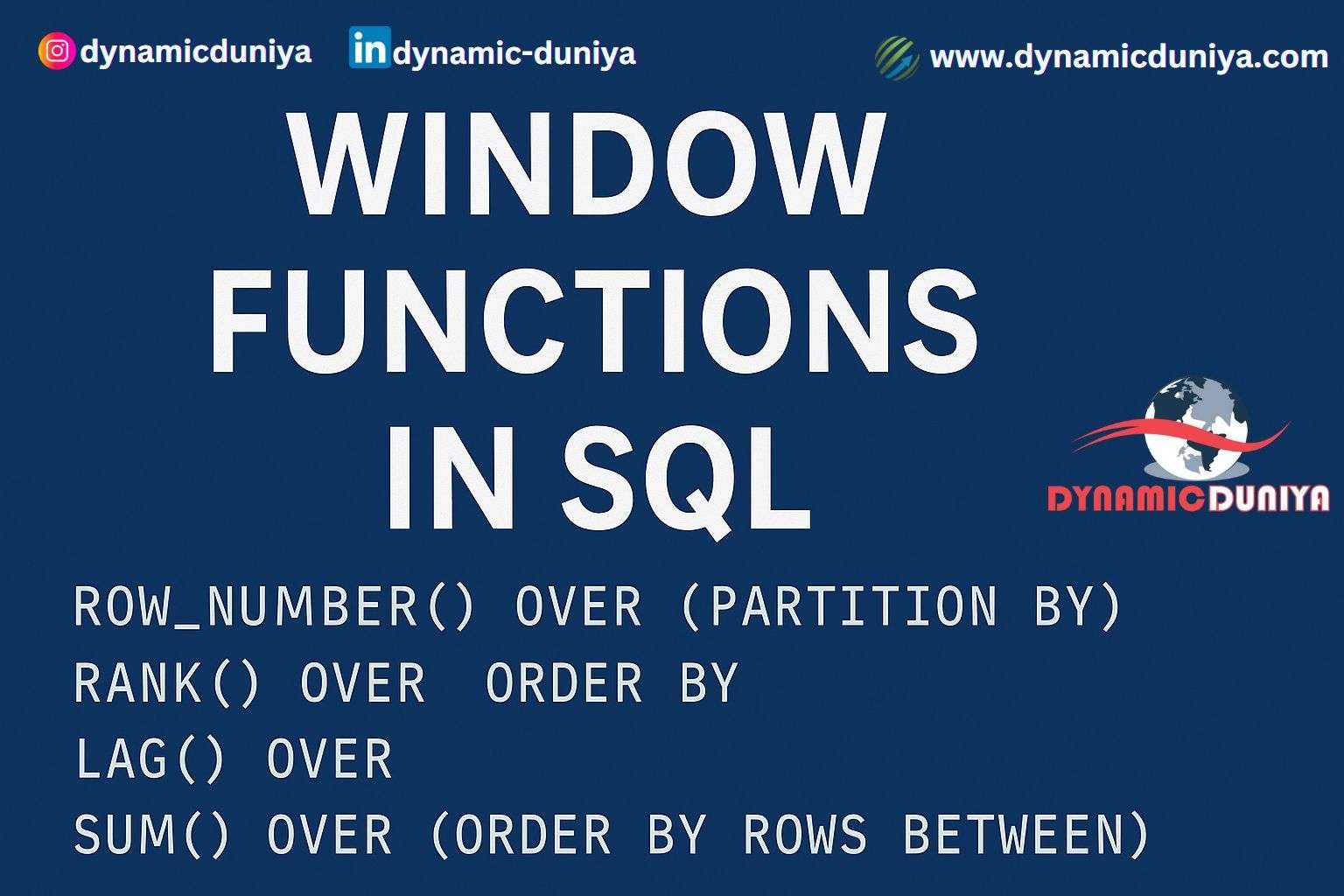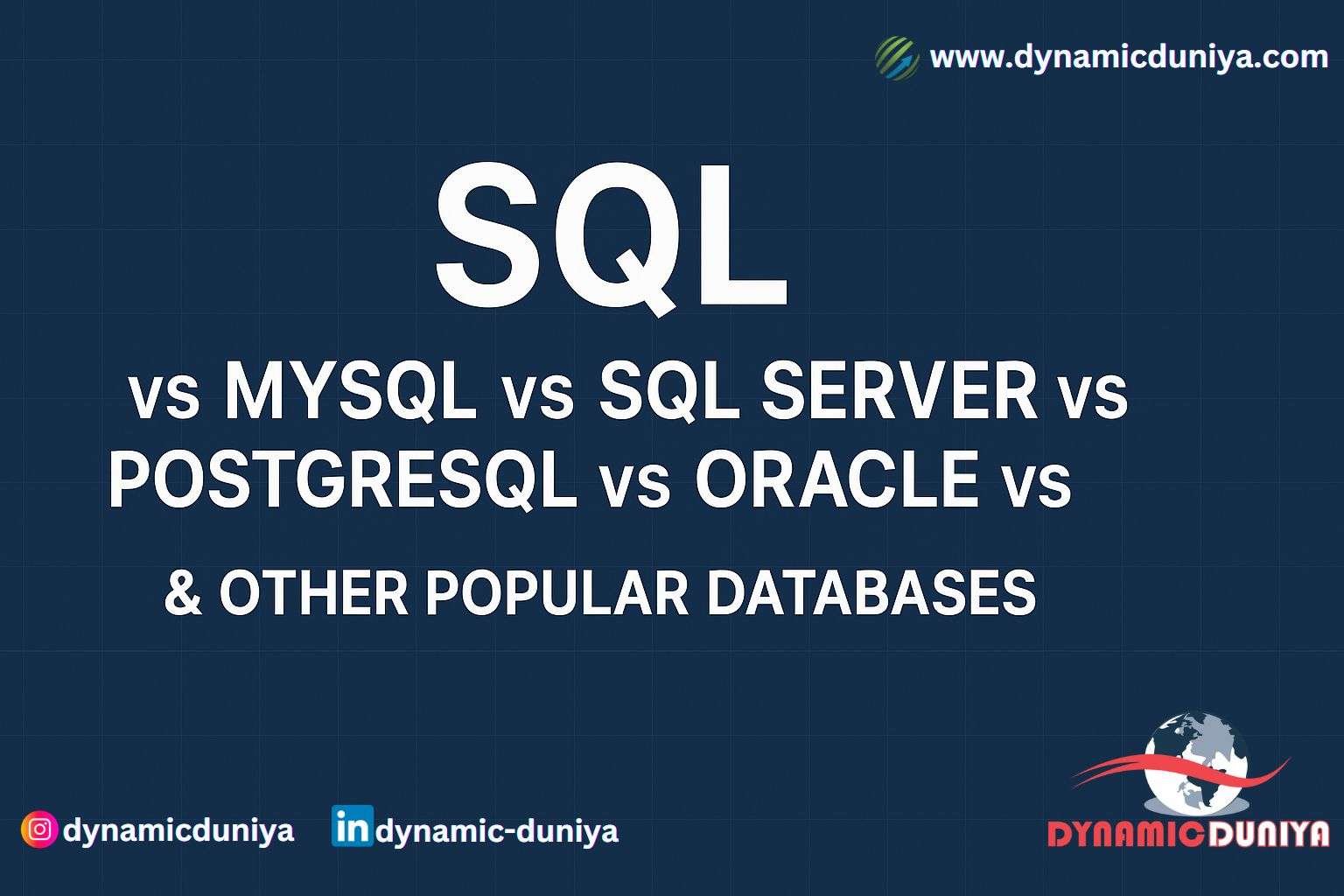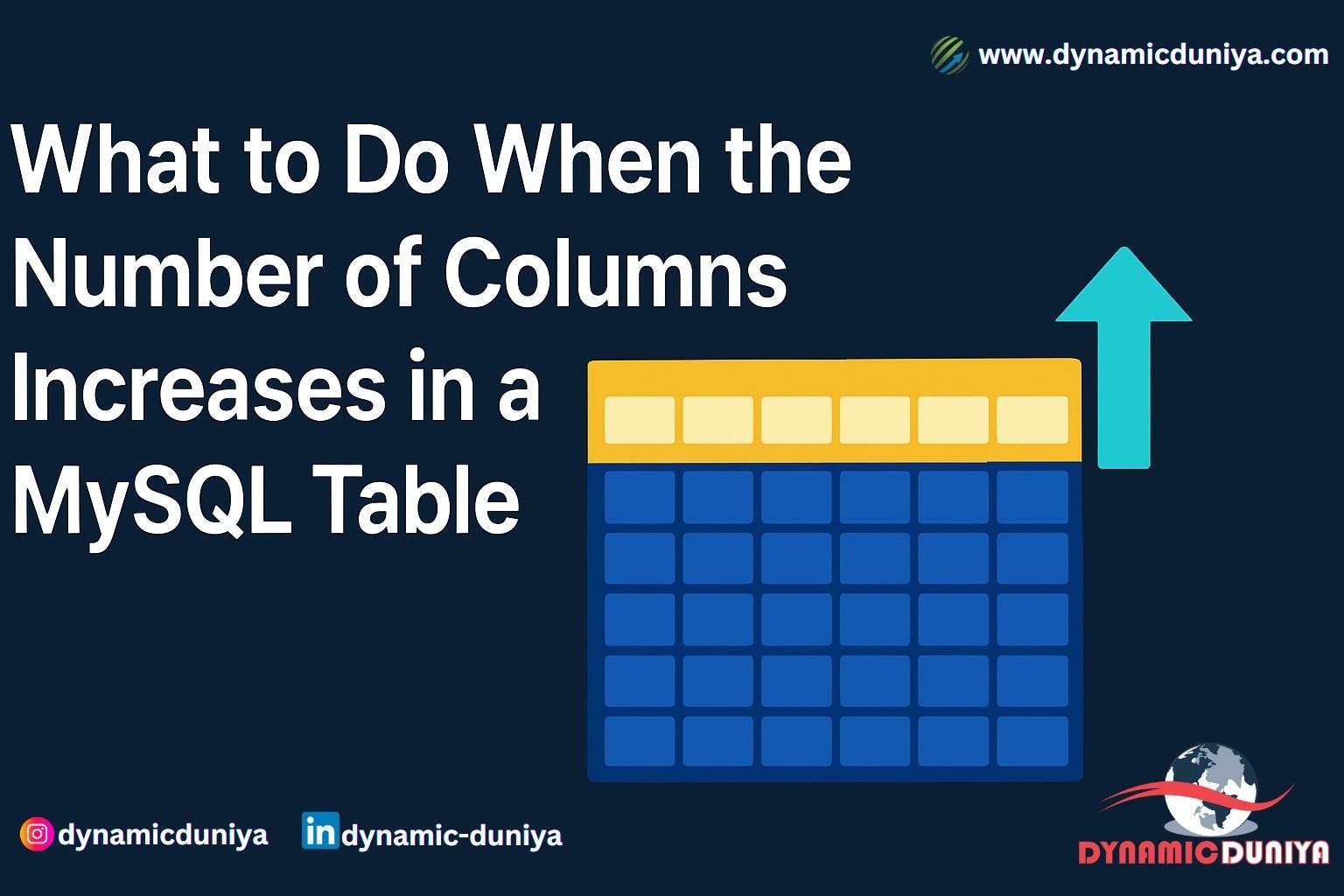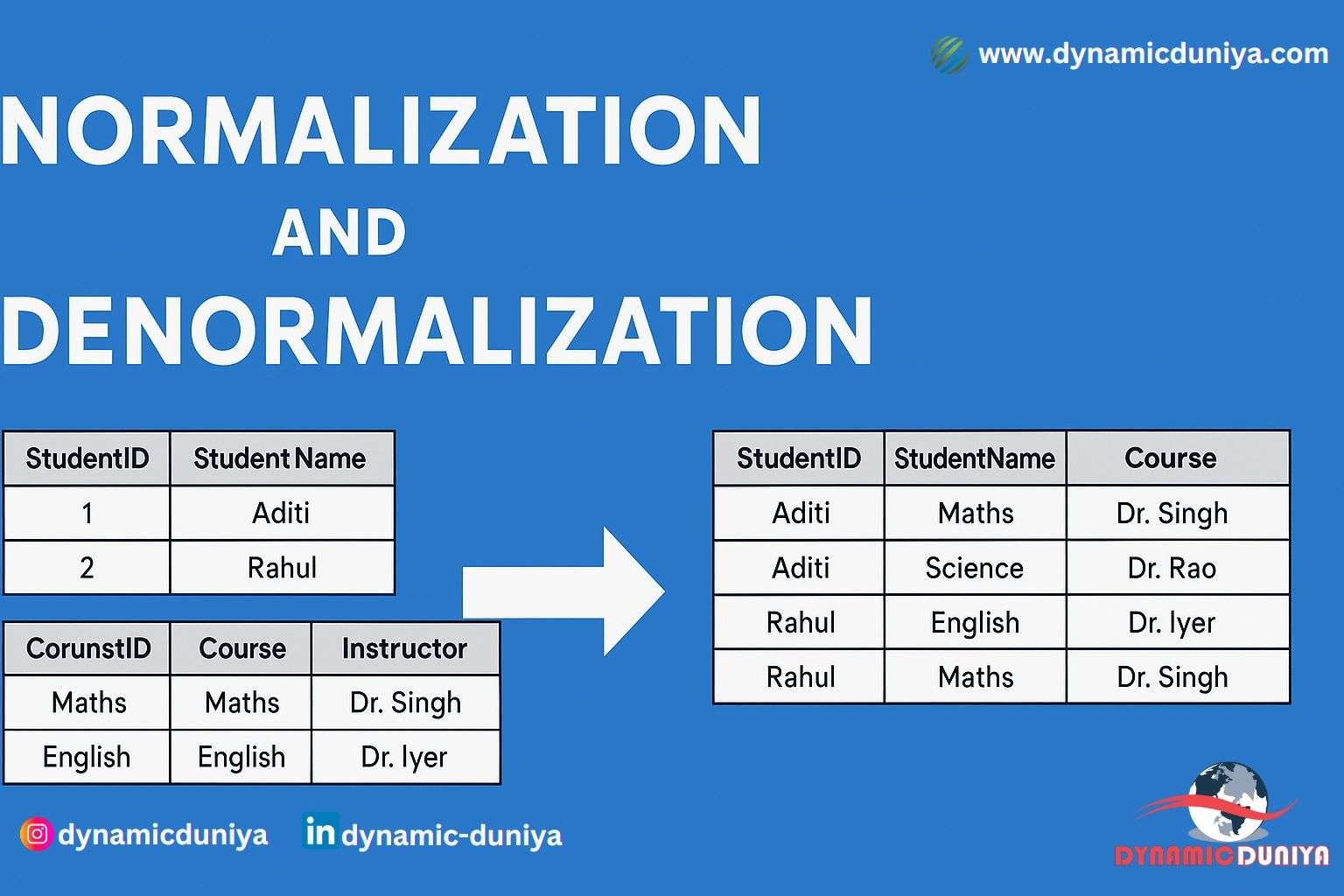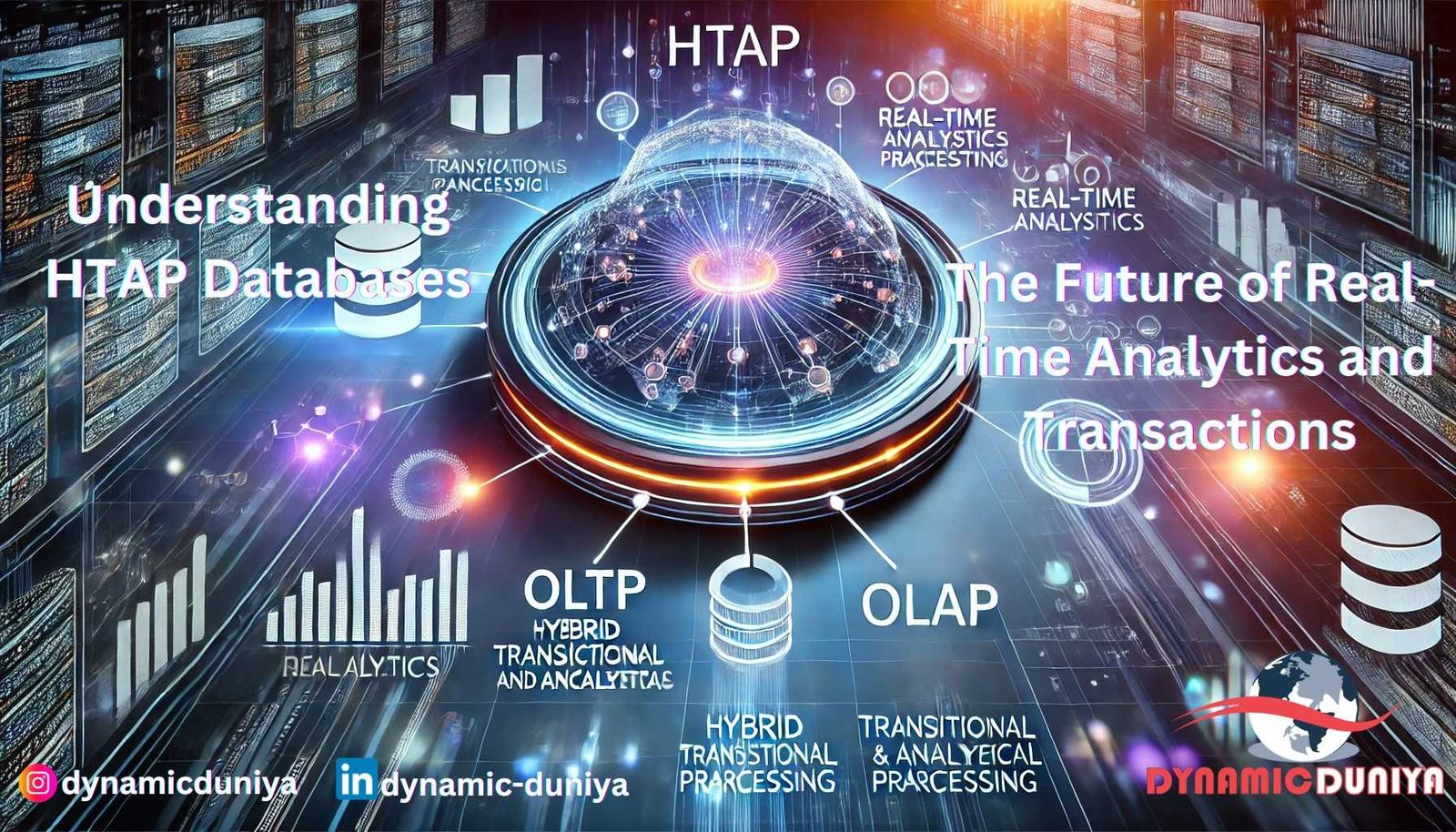OLTP vs. OLAP Databases: Advanced Insights and Query Optimization Techniques

In the rapidly evolving world of database management systems (DBMS), understanding the key differences between OLTP (Online Transaction Processing) and OLAP (Online Analytical Processing) is critical for database administrators, data engineers, and software developers. Both systems serve distinct purposes, optimize for different types of queries, and have unique characteristics.
While OLTP focuses on daily transactional workloads and high data integrity, OLAP supports complex data analysis, often on large-scale historical datasets. In this blog, we'll take a deeper look at these database systems, their query optimization strategies, and techniques used to enhance performance.
A Deeper Dive into OLTP Databases:
OLTP systems are optimized for real-time transactions that involve a high volume of short, simple queries. These databases are designed to handle routine, day-to-day operations that require accuracy, reliability, and speed.
Key Features of OLTP:
Real-Time Transaction Management: OLTP databases are optimized for handling real-time transaction operations, such as updating customer information, processing online payments, and managing inventory in e-commerce platforms.
ACID Compliance: OLTP databases are built to be ACID compliant (Atomicity, Consistency, Isolation, Durability) to ensure data integrity and accuracy during complex transactions, even in case of system failures.
Normalization: In OLTP systems, data is often highly normalized to minimize redundancy and ensure consistent data storage. The normalization process splits the data into related tables, which reduces the chance of anomalies during transaction processing.
SQL Query Optimization in OLTP:
For OLTP systems, where transactions are short and require fast processing, query optimization plays a critical role. Here are the advanced techniques to optimize SQL queries in OLTP systems:
Indexing and Composite Indexes: Indexing is crucial for improving query performance. Primary key indexes are often automatically created, but for complex queries, creating composite indexes (indexes on multiple columns) can dramatically reduce query execution time.
Query Execution Plans: Database administrators (DBAs) should regularly analyze query execution plans to identify performance bottlenecks, such as full table scans or inefficient join operations.
Transaction Isolation Levels: SQL provides several transaction isolation levels (e.g., Read Uncommitted, Read Committed, Repeatable Read, Serializable). Choosing the appropriate isolation level can balance performance and data consistency, especially in highly concurrent OLTP environments.
Optimizing Joins: Joins are fundamental in OLTP systems. For efficient processing, it's important to minimize nested loops and cartesian products. Using appropriate INNER JOINs, LEFT JOINs, or JOIN optimization techniques ensures faster query results.
A Deep Dive into OLAP Databases:
OLAP systems, on the other hand, focus on complex queries that analyze large volumes of data, often from multiple years or business periods. These databases are designed for reporting, business intelligence, and data analysis.
Key Features of OLAP:
Data Warehousing: OLAP systems typically leverage data warehousing techniques where historical data is stored in a centralized repository. This data is often denormalized for analytical purposes, which speeds up querying by reducing the need for complex joins.
Star and Snowflake Schemas: OLAP databases often use data models like star schemas or snowflake schemas to organize data efficiently. These schemas help in quickly extracting relevant data for analysis, reducing the complexity of multidimensional queries.
Multi-Dimensional Analysis: OLAP databases are designed to handle multi-dimensional queries, such as cube-based calculations, OLAP cubes, and pivot tables that allow users to slice and dice the data for deeper insights.
SQL Query Optimization in OLAP:
For OLAP systems, where queries often involve large-scale aggregations, sorting, and grouping operations, optimizing SQL queries is essential to maintaining performance. Here are key techniques to optimize SQL queries for OLAP systems:
Materialized Views: One of the most powerful techniques in OLAP optimization is the use of materialized views. Materialized views are precomputed query results stored in the database, reducing the time it takes to execute expensive calculations and aggregations repeatedly.
Query Parallelism: OLAP systems can handle massive datasets. By utilizing parallel query processing, multiple parts of a complex query can be executed concurrently, significantly speeding up data retrieval for aggregation-heavy queries.
Partitioning: Large tables can be partitioned to improve query performance. Partitioning divides large tables into smaller, more manageable pieces, improving both data access and query execution time. Partitioning can be done based on time, geography, or other logical partitions.
OLAP Cube Indexing: OLAP cubes contain multidimensional data, and indexing these cubes with multidimensional indexes can drastically improve query performance. Bitmap indexes and OLAP-specific indexing techniques help in speeding up data retrieval from these cubes.
Compression: OLAP systems often deal with large datasets, and data compression techniques are essential for reducing storage costs and improving query performance by minimizing I/O operations.
Advanced Comparison of OLTP and OLAP:
Here is an advanced comparison between OLTP and OLAP systems, focusing on the key factors that affect database design and SQL query optimization:
| Feature | OLTP | OLAP |
|---|---|---|
| Query Type | Short, transactional, read-write queries | Long, analytical, read-only queries |
| Data Model | Normalized (to reduce redundancy) | Denormalized (to speed up queries) |
| Data Volume | Small to medium-sized transactional data | Large-scale data from multiple periods |
| Use Case | Operational systems (banking, retail) | Business intelligence, reporting |
| Database Size | Relatively small, with high updates | Large, often stored in a data warehouse |
| Indexes | Extensive indexing on keys and relationships | Bitmap indexes, materialized views, OLAP cube indexes |
| Concurrency | High, with many users performing transactions | Low, typically read-only queries |
| Transaction Integrity | ACID compliant | Less strict ACID requirements |
Conclusion:
Choosing between OLTP and OLAP systems depends on your specific use case. While OLTP databases are optimized for transactional efficiency and real-time updates, OLAP systems excel at handling complex analytical queries and aggregations. The optimization strategies for each system differ, as OLTP focuses on speed and ACID compliance, while OLAP relies on complex indexing, materialized views, and data warehousing.
As data volumes continue to grow, both OLTP and OLAP systems will evolve, but understanding their core differences and optimization techniques is essential for building scalable, high-performance applications.
For those interested in diving deeper into SQL query optimization and database management, make sure to explore tools like query execution plans, database profiling, and performance tuning to fine-tune your systems for both transactional and analytical workloads.
Random Blogs
- Datasets for Exploratory Data Analysis for Beginners
- Important Mistakes to Avoid While Advertising on Facebook
- Top 15 Recommended SEO Tools
- Grow your business with Facebook Marketing
- How to Install Tableau and Power BI on Ubuntu Using VirtualBox
- Top 10 Knowledge for Machine Learning & Data Science Students
- What Is SEO and Why Is It Important?
- Avoiding the Beginner’s Trap: Key Python Fundamentals You Shouldn't Skip
- Types of Numbers in Python
- The Ultimate Guide to Machine Learning (ML) for Beginners
Prepare for Interview
- JavaScript Interview Questions for 5+ Years Experience
- JavaScript Interview Questions for 2–5 Years Experience
- JavaScript Interview Questions for 1–2 Years Experience
- JavaScript Interview Questions for 0–1 Year Experience
- JavaScript Interview Questions For Fresher
- SQL Interview Questions for 5+ Years Experience
- SQL Interview Questions for 2–5 Years Experience
- SQL Interview Questions for 1–2 Years Experience
- SQL Interview Questions for 0–1 Year Experience
- SQL Interview Questions for Freshers
- Design Patterns in Python
Datasets for Machine Learning
- Awesome-ChatGPT-Prompts
- Amazon Product Reviews Dataset
- Ozone Level Detection Dataset
- Bank Transaction Fraud Detection
- YouTube Trending Video Dataset (updated daily)
- Covid-19 Case Surveillance Public Use Dataset
- US Election 2020
- Forest Fires Dataset
- Mobile Robots Dataset
- Safety Helmet Detection
- All Space Missions from 1957
- OSIC Pulmonary Fibrosis Progression Dataset
- Wine Quality Dataset
- Google Audio Dataset
- Iris flower dataset
- Artificial Characters Dataset
- Bitcoin Heist Ransomware Address Dataset

